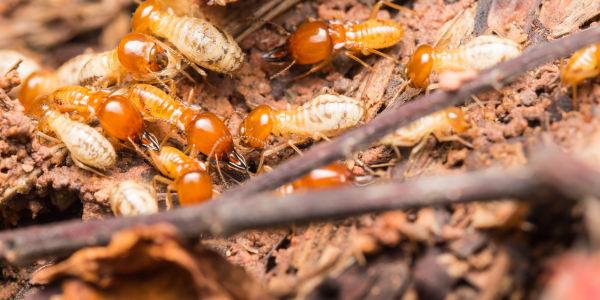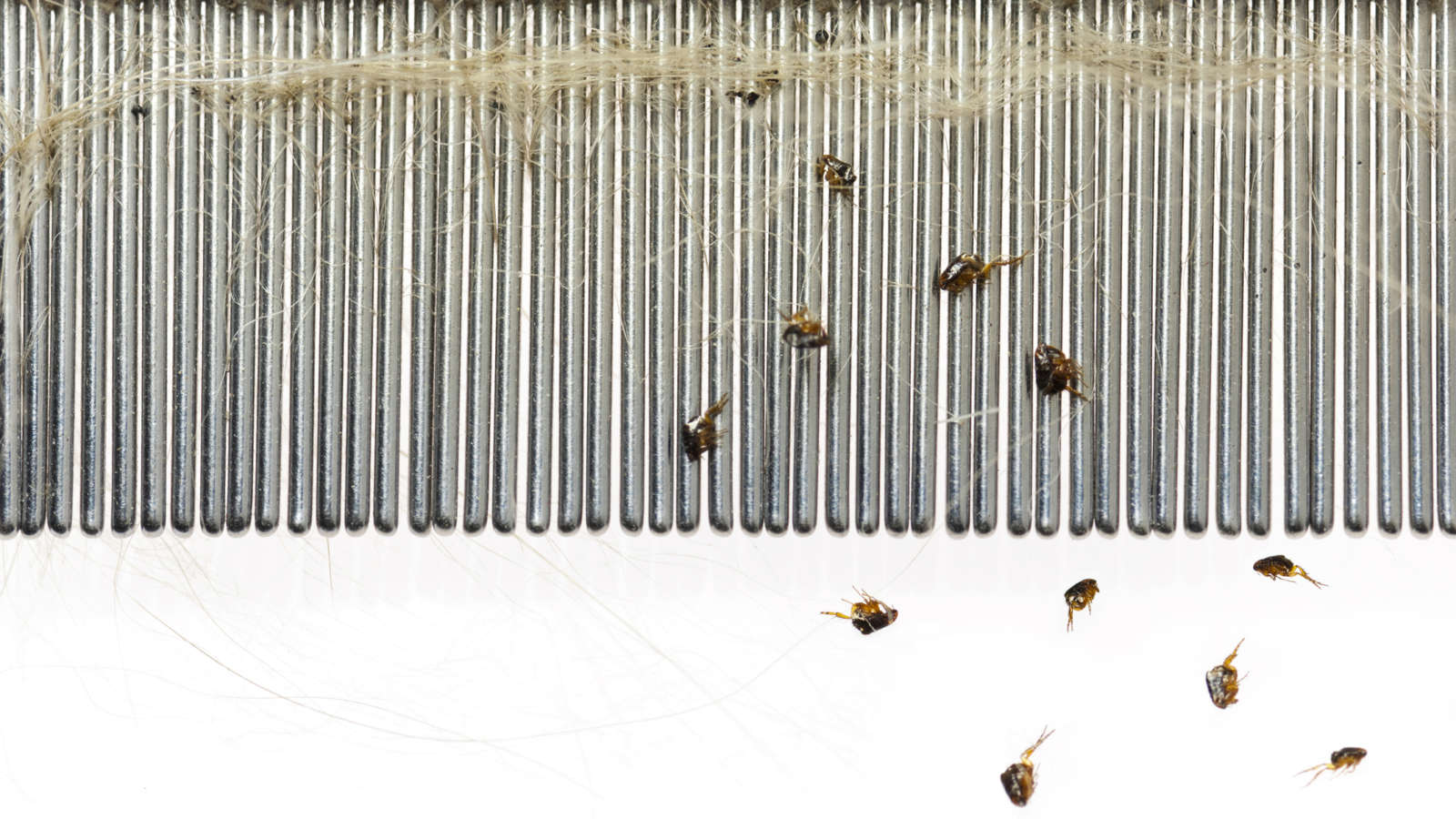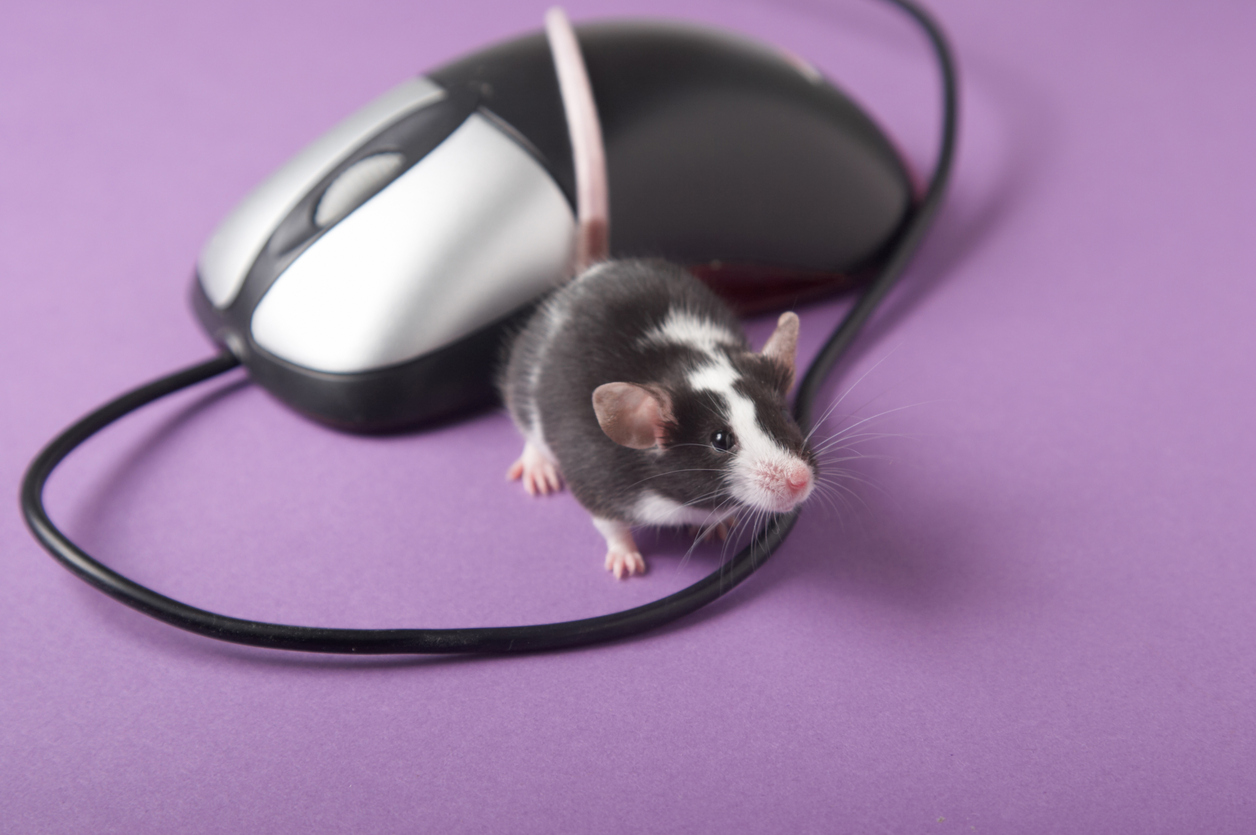
Facts About Termites
Spring signals the start of termite season! While some New Yorkers believe these pests’ swarms are linked to the blooming of trees and the appearance of buds and flowers outside, this actually isn’t true! Some species, such as the subterranean termite, are active year-round whether you see them or not. Spring is simply their reproductive season, and thus, the time you’re most likely to actually see them.
You may think you know all there is to know about these wood-destroying pests—namely, that they eat wood and damage homes—but there’s a lot more to these silent destroyers you may not know yet
Keep reading the learn 10 fascinating facts that may just surprise you!
Termites never sleep.
Subterranean termites do not have a traditional sleep cycle like mammals do. Instead, they have a continuous state of activity that goes on 24 hours a day, seven days a week.
Termites are eusocial insects, which means they live in large colonies where different individuals have specific roles and responsibilities. Within the colony, worker termites are responsible for foraging for food, caring for the young, and maintaining the nest, while soldier termites defend the colony against predators.
To maintain this constant state of activity, subterranean termites have evolved a unique ability to take short naps throughout the day and night. These naps, or “power naps,” typically last for just a few minutes at a time, allowing the termites to rest and recharge while still maintaining a high level of productivity.
Ants are their biggest competitor.
Ants and termites are often competitors because they share similar ecological niches, which means they occupy similar roles in the ecosystem. Both ants and termites are social insects that live in large colonies and play important roles in the food chain, as both prey and predators.
One of the primary reasons ants and termites are competitors is because they both forage for similar resources, such as food and water. Termites feed on wood, soil, and other plant materials, while ants feed on a variety of foods, including other insects, seeds, and nectar. In some cases, ants and termites may even feed on the same sources, which can lead to intense competition for resources.
Additionally, both ants and termites can be aggressive defenders of their colonies, and they may engage in territorial disputes over nesting sites or foraging areas. Ants are known for their ability to raid termite colonies and steal their resources, while termites may attack ant colonies and drive them away from their territory.
Soldier and reproductives cannot feed themselves.
Soldier and reproductive termites lack the physical adaptations needed to feed. This includes functional mouthparts and the ability to digest cellulose.
Worker termites are responsible for foraging for food and water, and they bring these resources back to the colony to feed the other castes.
Termites are extremely hygienic.
Termites have evolved a number of behaviors and adaptations that help to keep their colony clean and healthy.
One of the most important ways that termites maintain hygiene is through their grooming behavior. Termites regularly groom themselves and each other to remove dirt, debris, and parasites from their bodies.
In addition to grooming, termites also use a variety of sanitation practices to keep their environment clean.
Termite queens have a long lifespan.
The termite queen is the reproductive female in the termite colony and is responsible for laying eggs and producing new members of the colony. Termite queens have exceptionally long lifespans compared to other insects, with some species living for several decades.
The lifespan of a termite queen varies depending on the species and the conditions of her environment. In general, termite queens can live for many years, with some species living up to 25-30 years or even longer.
A termite infestation is most often caused by more than one colony.
Termite infestations are often caused by more than one colony of termites. This is because termites are social insects that live in large, interconnected colonies, and they are constantly searching for new sources of food and suitable nesting sites. When multiple termite colonies are located in close proximity to one another, they may come into contact and begin to interact.
The total of all termites in the world is more than the weight of all the humans in the world.
It is estimated that the total weight of all termites in the world is greater than the total weight of all humans in the world. While this may seem surprising, it is due to a number of factors related to the sheer number and size of termite colonies.
Termites are highly social insects that live in large colonies that can number in the millions.
The largest termite colony ever recorded contained over three million termites.
The largest termite colony ever recorded was discovered in northeastern Brazil in 2014. The colony belonged to a species of termite called Syntermes dirus and covered an area of about 230,000 square feet, which is roughly equivalent to four football fields.
The colony was found by a team of researchers from the University of São Paulo, who used satellite imagery and ground surveys to map the extent of the colony. They estimated that it contained over 4,000 individual mounds, each of which was connected to the others by a network of underground tunnels.
The researchers also estimated that the colony contained over 3 million individual termites, making it one of the largest insect societies ever discovered.
Each year, termites inflict more than $5 billion dollars worth of property.
According to the National Pest Management Association (NPMA), termites cause an estimated $5 billion in property damage in the United States each year. This damage is caused by the subterranean and drywood termite species, which feed on wood and other cellulose-based materials found in buildings and structures.
The cost of termite damage can vary depending on a number of factors, including the severity of the infestation, the size and age of the structure, and the type of construction materials used. In many cases, termite damage can go unnoticed for years, causing significant structural damage before it is discovered.
Termite damage is not covered by homeowners insurance.
Termite damage is generally not covered by most homeowner’s insurance policies in the United States. This is because termite damage is considered to be a preventable maintenance issue rather than an unforeseeable event, such as a fire or natural disaster.
Most homeowner’s insurance policies exclude coverage for damage caused by insects and pests, including termites. This means that if your home is damaged by termites, you will likely be responsible for the cost of repairs and extermination.
Protect Your New York Home from Termite Damage This Spring
Knockout Pest Control is your local expert at knocking out termite infestations and inspecting structures for termite problems. We serve all of Long Island, New York City, and Westchester and Rockland Counties with 24 hour service seven days a week.
To schedule an estimate, call (800) 244-7378.



